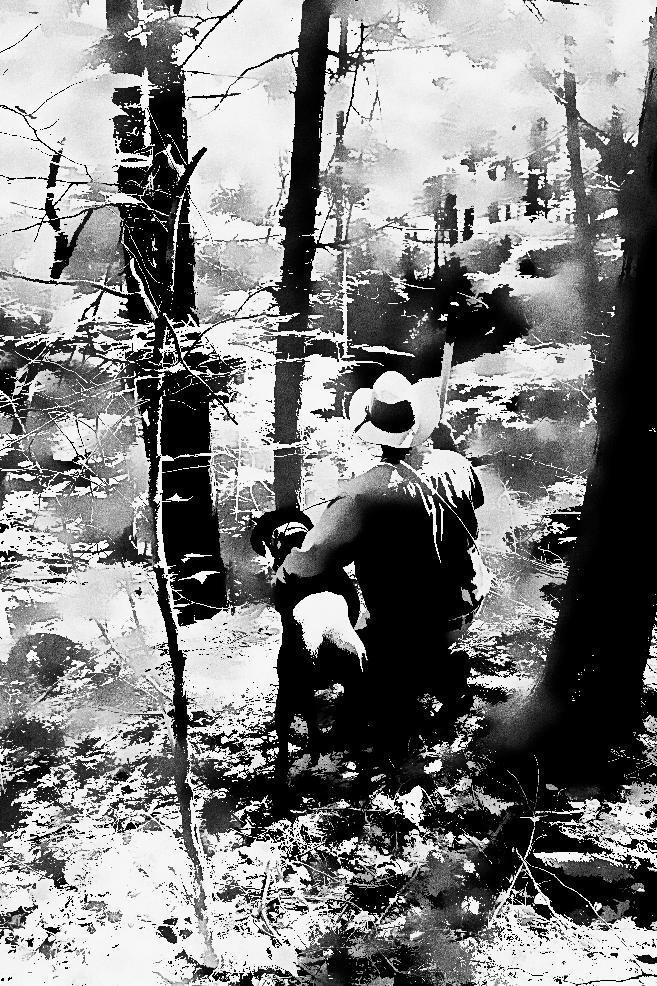|
What is typesetting?
Typesetting deals primarily about making sure that each page of your printed book “looks right”—and deals with many elements as readers have become to expect certain standards. For the self-published author using a self-publishing company, this is (or should be!) one of the services performed in getting your book ready for the reader. Also, a self-published author, who doesn’t want to go through publishing company, can contract out the typesetting of their ms (of course, at a cost). For those who want to do this step completely Do-It-Yourself, the burden now falls to you to become the typesetter. What are some of these typesetting errors? Each of the below issues I have personally seen in self-published books. Some of these issues are “rules of thumb”—and sometimes (relatively rarely) even traditional published books break some rules,. However, not following accepted practice will almost certainly end up as a ding against the self-published author. No front pages. The front pages are those pages that include the title page, copyright page, any dedication, or acknowledgments. A table of contents (only listed as “Contents”) may also be included, particularly if chapters or sections are titled. Missing page numbers. This is self-explanatory—but yes—I’ve seen missing page numbers. Improper line spacing. This is probably the most common error I’ve seen in self-published books. Spacing (at 12-font, Times New Roman) should be between 1.15-1.18 lines. I’ve seen 1.5 spacing and even double spacing. Not only does it look unprofessional, the reader may also feel that they are being cheated as there are not as many words per page as there should be. Not accounting for the “gutters.” The gutters in a book are the margins set near the book’s binding. The proper gutter size ensures that the words are not so close to the binding as to be too hard or even impossible to read. The recommended gutter size changes (increased) as the page count increases. Improper paragraph spacing. Many (if not most) writers use Microsoft Word®, which has a default setting to add space after each paragraph. This default should be set to zero—but on more than one instance, I’ve seen DIY authors not change this setting and leave the extra gap. “Orphans.” While there’s some debate of what this term entails, nearly all agree the last line of of a paragraph should never be first line on the following page. First paragraph formatting. Normally, the first paragraph of a chapter (and some others even go as far as to follow this format if their book’s chapters are further broken into sections of scene breaks) is not traditionally formatted. This is one of those rules of thumb that is not specifically written anywhere (that I have found) but is still expected. No page headers. Particularly when dealing with fiction (and even some non-fiction), it’s common and expected to have the book’s name in the header on odd or even pages, with the author or chapter title/number of the other. Two spaces after a period. At one time, this practice was the norm. But for some time now, thes standard has been that there should only be one space after a period. Note: I had to overcome this mindset as the military was still following this format when I retired 15+ years ago. Note 2: this is a very simple, global search and replace fix if you’re using MS Word. Margins not justified. Margins should be justified. Truth in advertising—I did just see a traditionally published, non-fiction book that was left justified throughout the book for very paragraph. But it was the only textbook I could recall doing so, and yes, not having any paragraphs justified detracted from the overall book’s appearance. Note: non-fiction (often textbooks) will sometimes mix justified and left justified paragraphs for numbered/bulleted questions, lists, or paragraphs.
0 Comments
Your comment will be posted after it is approved.
Leave a Reply. |
Categories
All
|
- Ryland Creek
- About The Ryland Creek Novels
- Buy the Ryland Creek Saga: Print Books
- Buy the Ryland Creek Saga in E-Book
- The Ryland Creek Saga in Audiobook
- Blog: In a place called Painted Post
- Reader Reviews for The Ryland Creek series
- Meet the Author:Joseph Gary Crance
- An Ode to Painted Post
- The Magical Realism of the Ryland Creek Saga
- Other local authors
- Contact
- Leave A Reader Review
- Ryland Creek
- About The Ryland Creek Novels
- Buy the Ryland Creek Saga: Print Books
- Buy the Ryland Creek Saga in E-Book
- The Ryland Creek Saga in Audiobook
- Blog: In a place called Painted Post
- Reader Reviews for The Ryland Creek series
- Meet the Author:Joseph Gary Crance
- An Ode to Painted Post
- The Magical Realism of the Ryland Creek Saga
- Other local authors
- Contact
- Leave A Reader Review

 RSS Feed
RSS Feed